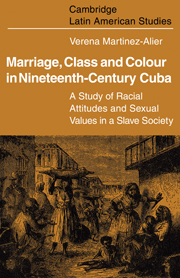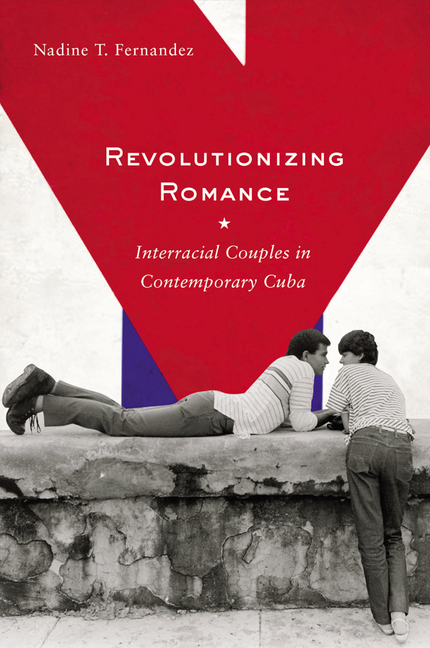American Identities: California Short Stories of Multiple Ancestries
Xlibris Press
2008
263 Pages
ISBN: 1-4363-7705-6 (Trade Paperback 6×9)
ISBN13: 978-1-4363-7705-8 (Trade Paperback 6×9)
Eliud Martínez, Professor Emeritus of Creative Writing and Comparative Literature
University of California, Riverside

In many parts of the country, especially in California, when one passes by a school or strolls across a college or university campus, it is inescapable to the eye that the American student population looks very different from that before the seventies. Young people today are accustomed to seeing people from many ancestral backgrounds. In classrooms, at schools, colleges and universities; at shopping malls, weddings and other social gatherings, young people are aware that they are living in an increasingly multicultural America.
These then, are the voices and stories of today’s young Americans. Diverse, by turns uplifting, insightful, illuminating and heart-warming or heartbreaking, the stories give us moving portrayals of the young authors and their families, mothers and fathers. Some offer shocking depictions of military brutality and political violence. Others recover family stories and make touching tributes to earlier generations. Some stories help us to see how young people perceive themselves and their identities when they are offspring of mothers and fathers from other lands or of different cultures.
The young writers included in this anthology, or their parents and ancestors, come from Egypt, Ethiopia, Korea, China, Japan, Cambodia, Taiwan, India; from East Los Angeles, El Salvador, Mexico, Honduras, Vietnam, Italy, Denmark, the Philippines, Cuba, and other places. Generational differences are inevitable between immigrant parents and their children, who are either American-born or grow up in America. The differences shape many attitudes to the ancestral cultures, customs, language and ways of life. The stories remind us of why some people came to America, of what they left behind, and what persists in ancestral forms adapted to American ways.
The stories provide telling evidence that collectively, there are many varieties of American identity among children of immigrants and their parents from other lands. These California stories tell of young lives that have been shaped by ancestry, time and place, national background, personal and generational experiences, geography, and by American social and immigrant history, conditions in their ancestral lands and lingering perceptions of race.
Many immigrants come in search of a better life or in pursuit of the American dream. Some Americanized children of immigrants struggle self-consciously to fit in. Their experiences invite dramatic literary expression. In two of the most powerful stories in this anthology, Jan Ballesteros and Thien Hoang exorcise their extreme pain, self-consciousness and struggle for acceptance.
In high school Ballesteros is repeatedly humiliated in his classes by four bullies who ridicule his Filipino appearance and his spoken accent. Extremely vulnerable, Ballesteros is perplexed because the bullies are all half-Filipino. In Hoang’s case, he is self-conscious about the Chinese reflection that looks out at him from the mirror. By writing their stories these two vulnerable young men come to terms with being American, and at the same time with being Filipino and Chinese, respectively.
More so than in Ballesteros and Hoang’s case a heightened consciousness of color and the desire to look American leads the Vietnamese mother in Kim Bui’s story—“Asian Eyes Westernized”—to change the shape of her eyes surgically. Ironically, the young author points out, the woman who in Vietnam used to work in the sun daily, here In America, she avoids being out in the sun, and resorts to skin whiteners. Kim Bui is struck by her mother’s advice to be proud of being Vietnamese, but to look American. In their stories Megan E. Chao, Chariya Heang, and Neha Pandey highlight their views of young womanhood in America when parents observe or desire to observe the tradition of arranged marriages. Conflicting points of view and parental cultural norms affect young women. Moving self-portrayals, characterized by thoughtful introspection and injections of irony and humor, attest to their dilemmas.
The Stories in this anthology are important for American education, I believe, so that young people can see themselves in these portrayals. In addition to the moving value of the stories the storytelling is of a high caliber. The storytelling is based on knowledge of ancestral traditions and customs, languages, cultural and social history, geography, family memorabilia, immigration documents, old photographs and family correspondence, materials and family stories that have been passed down from generation to generation. In addition to these sources, the young authors interviewed mothers, fathers, aunts, uncles and grandparents, and in some cases in languages other than English, all to the young writers’ credit…. [T]he titles of the stories tellingly identify major themes, experiences, and issues that invited and received dramatic literary expression. These stories are valuable repositories of human experiences shared by many young people today. These then, are the stories and voices of young Americans. One may safely predict that the experiences of which these young people have written so candidly, and in many cases eloquently, will resonate with other people and invite thoughtful self-awareness and self-understanding, a deeper appreciation for the richness of the many immigrant cultures of America, and an enhanced understanding of people of multiple ancestries.
And according to the prospectus…
The decades of the 1960s and 1970s ushered in a productive, illuminating and prolific body of scholarly research and creative expression in all the arts. Much of that enterprise was devoted to the most admirable task of historiography—the reinterpretation of the past and the rewriting of American history.
These stories add artistic dimensions to American social and immigrant history, and complement the scholarly research and literary expression of individual groups. The subject matter, the themes, cultural issues and the very human drama of young lives, as depicted in these stories, are timely. Also, because many of the stories address the longing to belong, which historically, was denied to some American groups in the past, they illustrate how emotionally complex the task continues to be for vulnerable young people from many countries…. In the case of U.S. minority groups—as African Americans, Chicanos, Asian- and Native Americans were once designated—that past denial resulted in the retroactive recovery of our rich intellectual and cultural histories, creative and artistic roots, our arts, heritages and ancestries.
Imaginative and creative expression in the arts dramatizes scholarship in history and the social sciences…. Personal, emotional, direct and down to earth, these stories drive home the psychological and emotional impact of feeling different with a directness and immediacy that scholarly works can only approximate. As such, the anthology also complements numerous scholarly works about bi-racial, multi-racial and mixed-race people.
To read an excerpt, click here.





